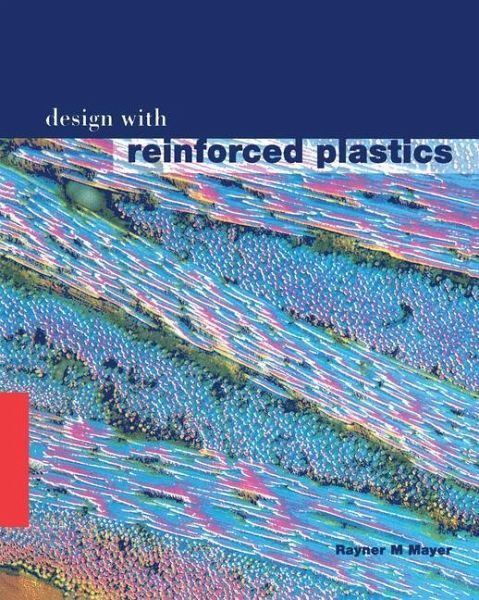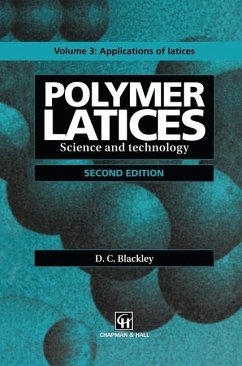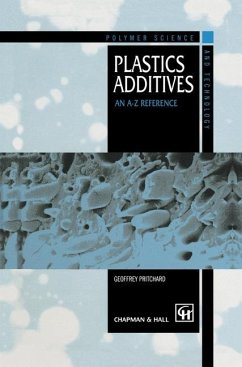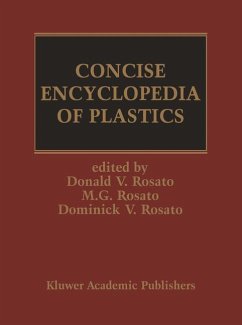
Design with Reinforced Plastics
A Guide for Engineers and Designers

PAYBACK Punkte
39 °P sammeln!
Design with Reinforced Plastics is a comprehensive, accessible guide to fundamental aspects of designing for world markets with this increasingly important range of materials. This unique publication takes full account of the design implications of the single European market, as well as the rapidly changing effects of consumer protection and environmental legislation.














